
Upper Egypt, located along the southern Nile, is home to the most significant archaeological sites, including Luxor and Aswan. This region boasts a rich cultural heritage that spans thousands of years, offering visitors a unique opportunity to witness the grandeur of one of the world's oldest civilizations firsthand.
Whether you're sailing on a Dahabiya or exploring ancient temples, every moment in Upper Egypt is a step through history, unveiling the legacy of pharaohs, grand temples, and hidden tombs.
Upper Egypt is known for its warm hospitality, traditional music, and vibrant local markets. The breathtaking landscapes of the Nile, golden deserts, and lush riverbanks create a mesmerizing backdrop for exploration.
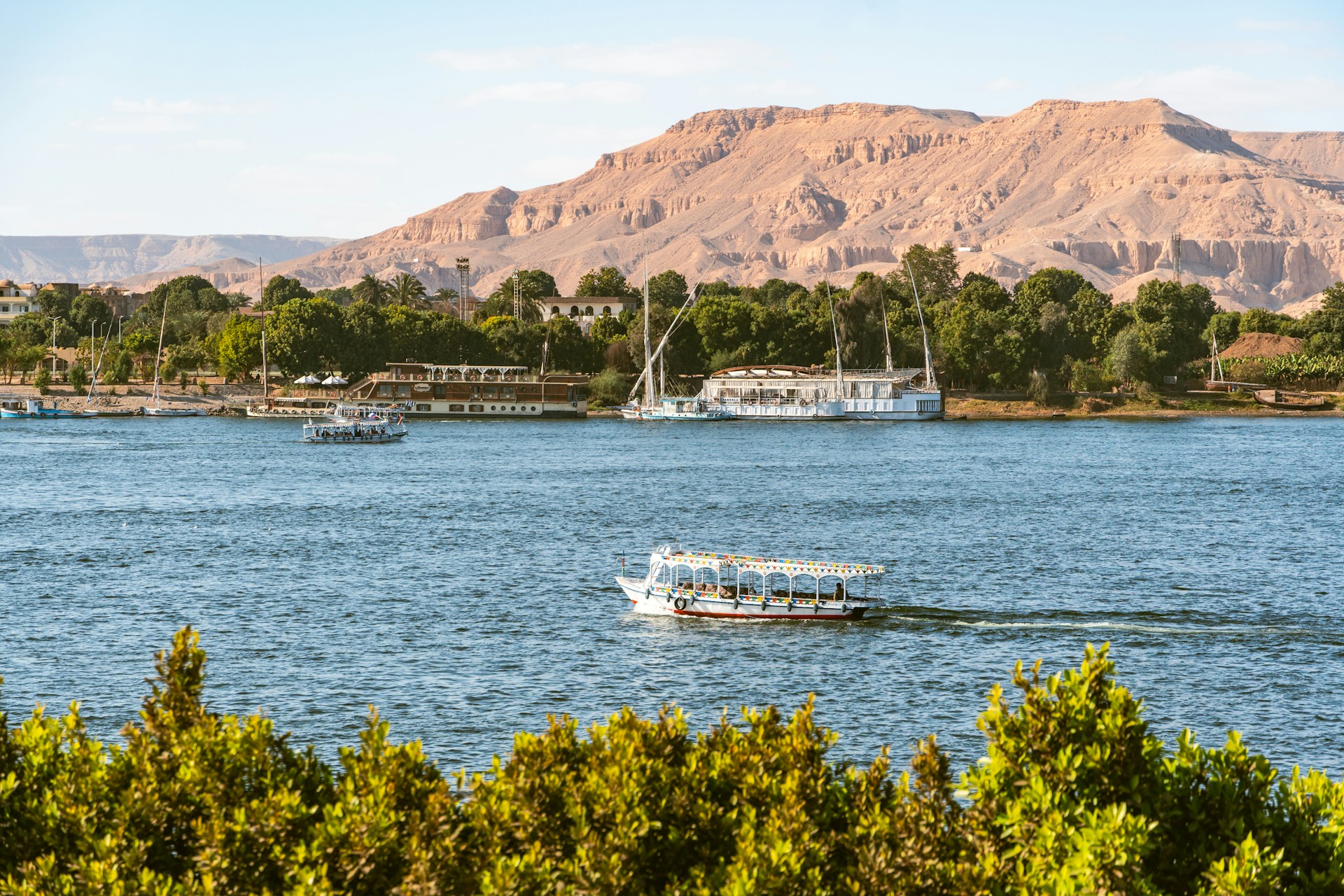
Known as the world's greatest open-air museum, Luxor stands on the site of ancient Thebes, the pharaohs' capital during the height of their power. The city is divided by the Nile into the East Bank, where the living resided, and the West Bank, the realm of the dead.
The East Bank is home to the magnificent Luxor Temple and the sprawling Karnak Temple complex, while the West Bank houses the Valley of the Kings, the Valley of the Queens, and numerous other archaeological wonders.
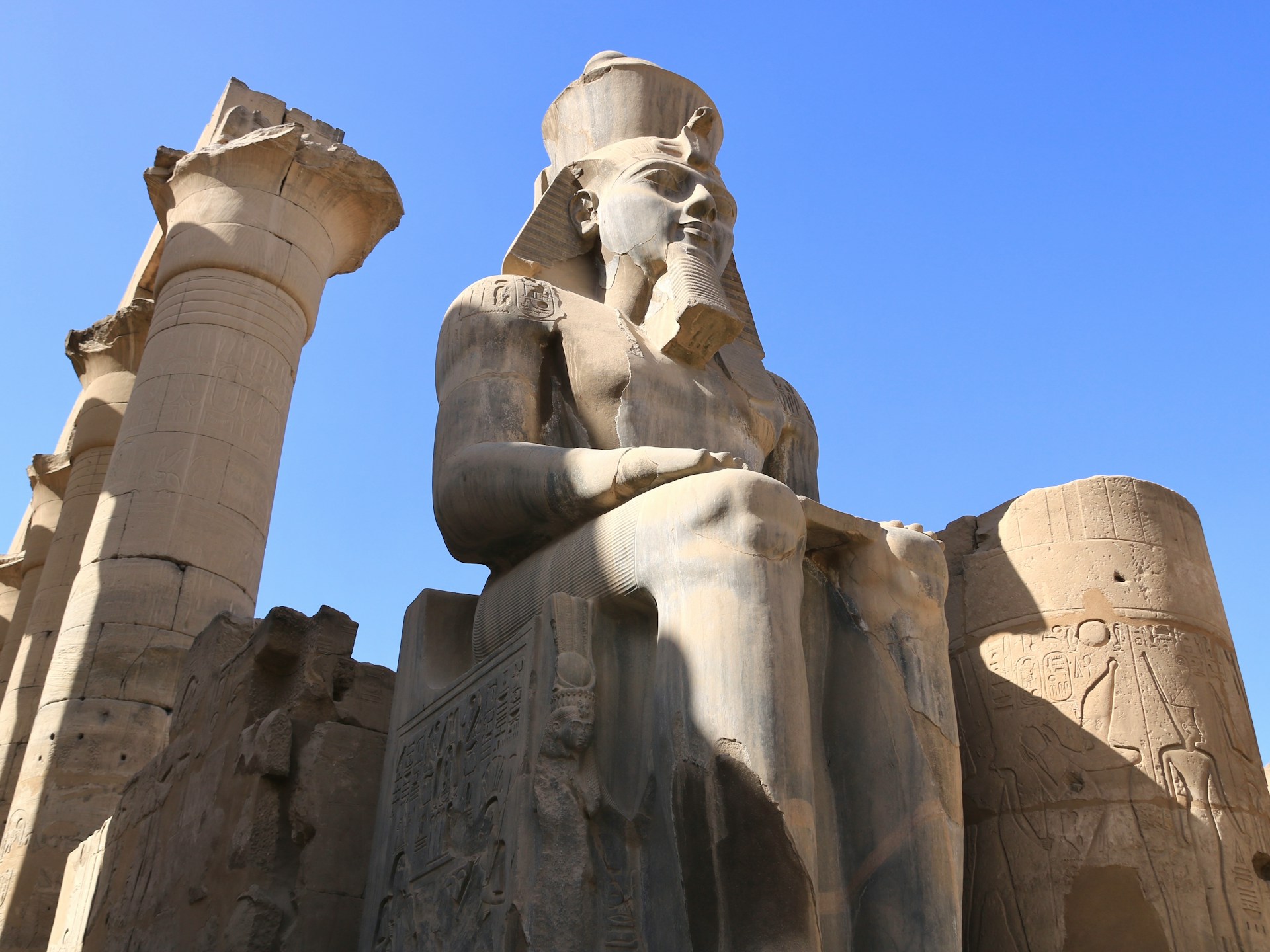
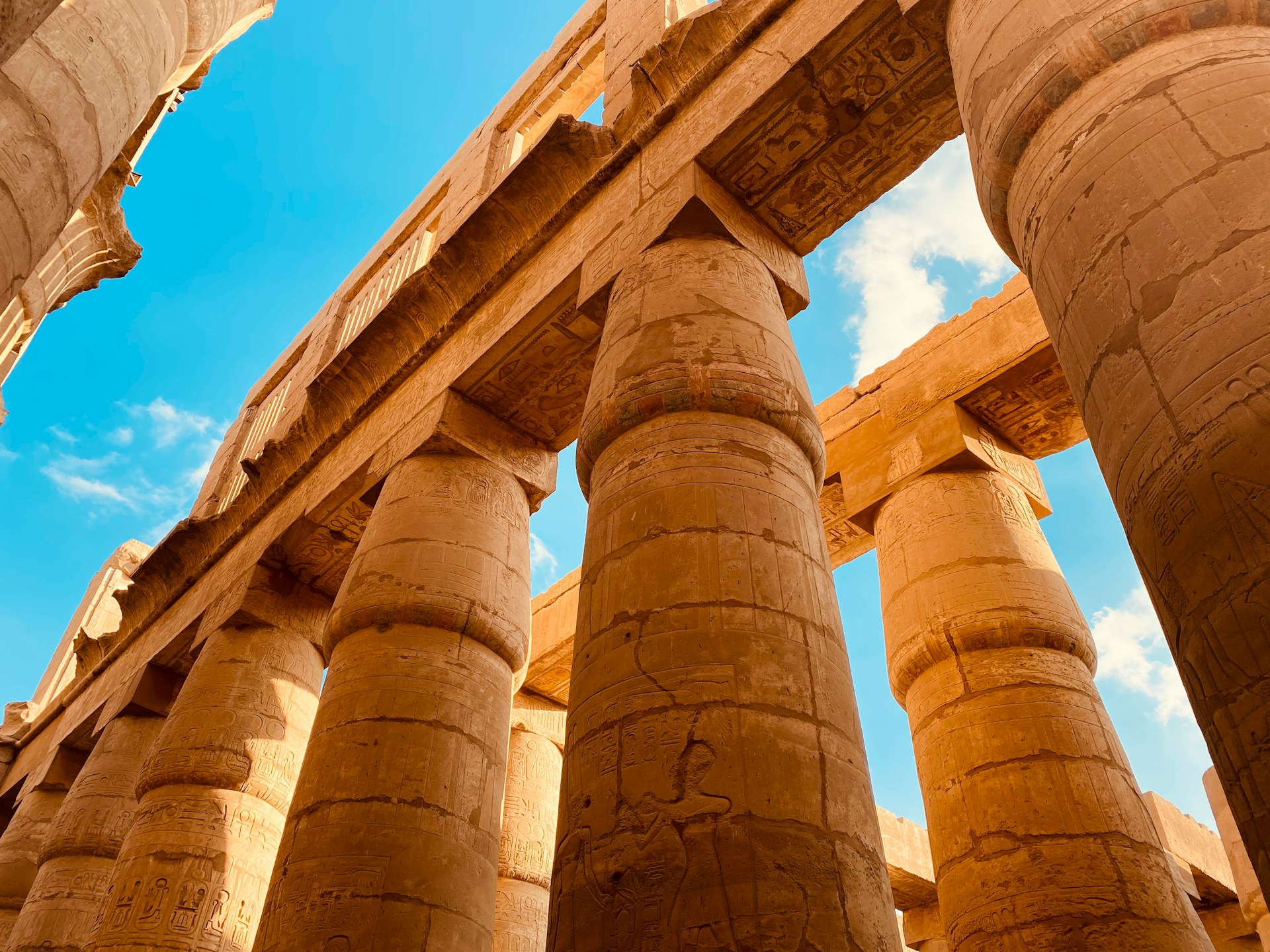
One of the largest religious complexes ever built, Karnak was constructed over 2,000 years and dedicated to the Theban triad of Amun, Mut, and Khonsu. The temple complex is a vast open-air museum and the second-largest ancient religious site in the world.
The most impressive structure is the Great Hypostyle Hall, which covers an area of 54,000 square feet and features 134 massive columns arranged in 16 rows. The hall was built during the reigns of Seti I and Ramses II.
The burial site of pharaohs from the New Kingdom, including Tutankhamun. The decorated tombs provide insight into ancient Egyptian beliefs about the afterlife. For nearly 500 years, this valley was the burial place of Egypt's greatest pharaohs.
The valley contains at least 63 tombs, ranging from simple pits to complex tombs with over 120 chambers. The royal tombs are decorated with scenes from Egyptian mythology that reveal beliefs and funerary practices of the period.
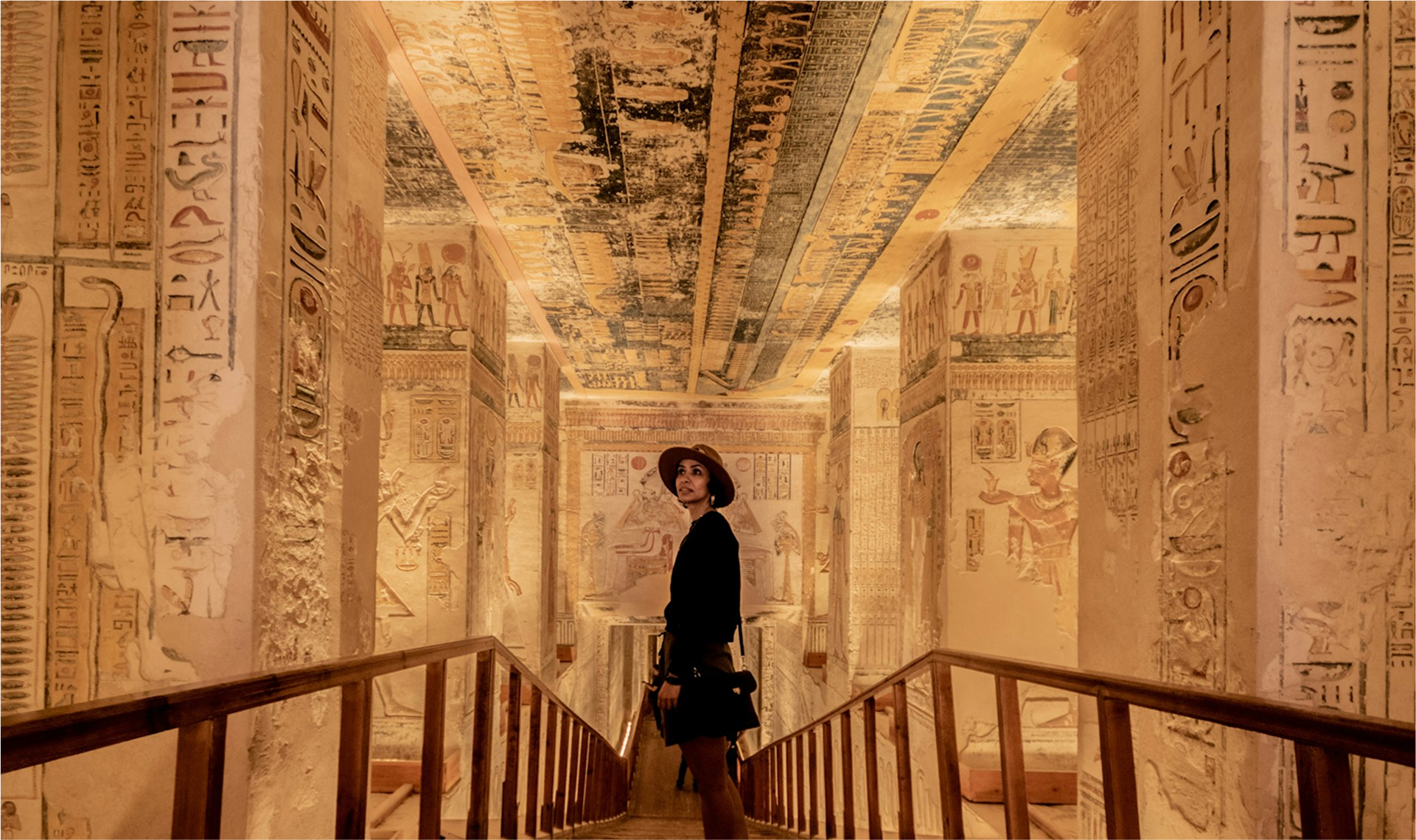
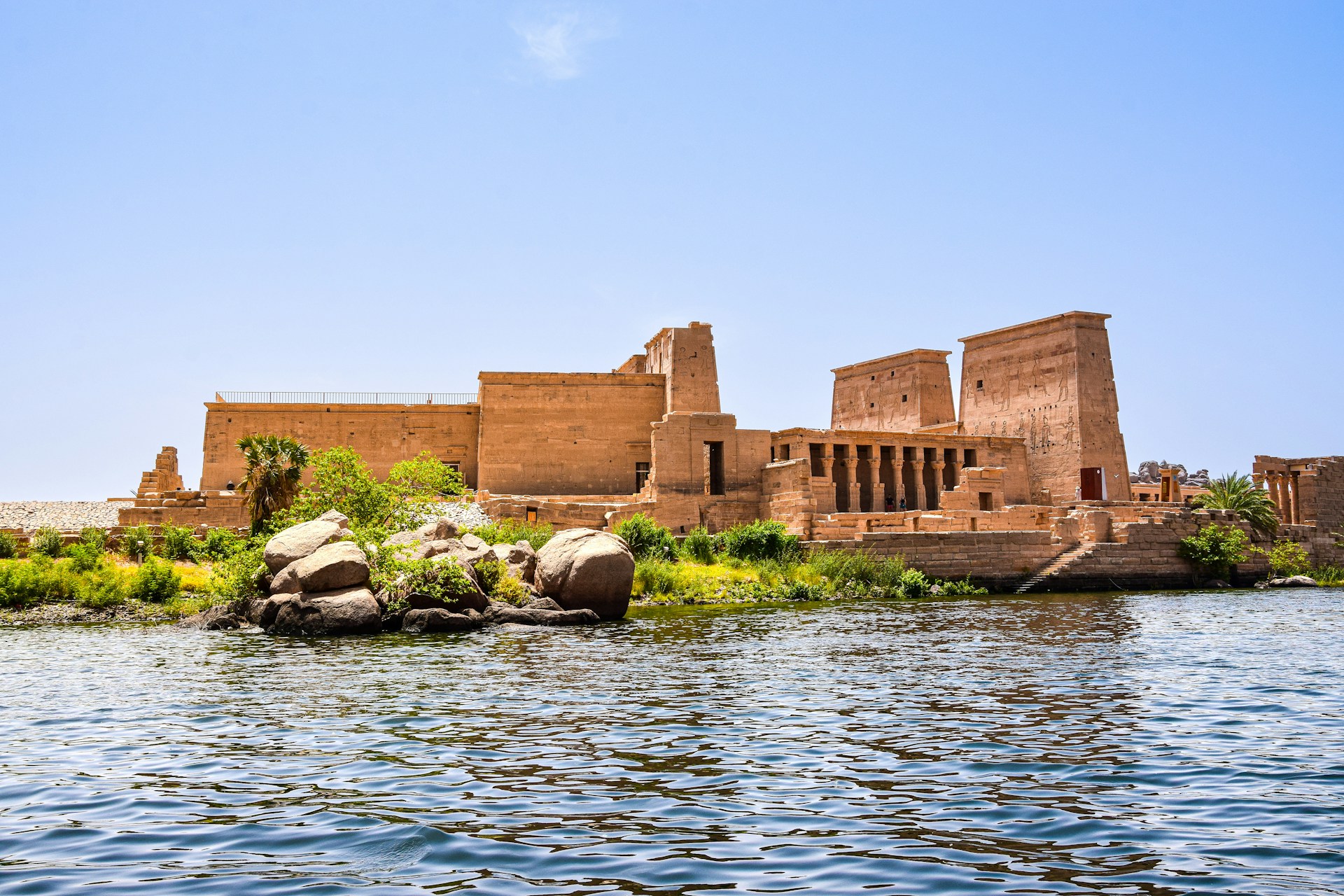
A picturesque city on the Nile with a relaxed atmosphere. Visit the Nubian villages, the Unfinished Obelisk, and enjoy stunning views of the river and its islands. Aswan marks the southern frontier of Egypt and has historically been an important trading center.
The city is known for its beautiful Nile scenery, where the desert meets the river, creating a stunning landscape of blue water, granite rocks, and palm-studded islands. The Nubian villages on Elephantine Island and the west bank offer a glimpse into a culture that predates the pharaohs.
Dedicated to the goddess Isis, this temple was relocated to Agilkia Island after the construction of the Aswan High Dam to protect it from flooding. The temple complex was dismantled and moved stone by stone to its new location.
The main temple is a beautiful blend of Egyptian and Greco-Roman architecture, with reliefs depicting Egyptian mythology. The Sound and Light show at night brings the temple's history to life with dramatic narration and illumination.
